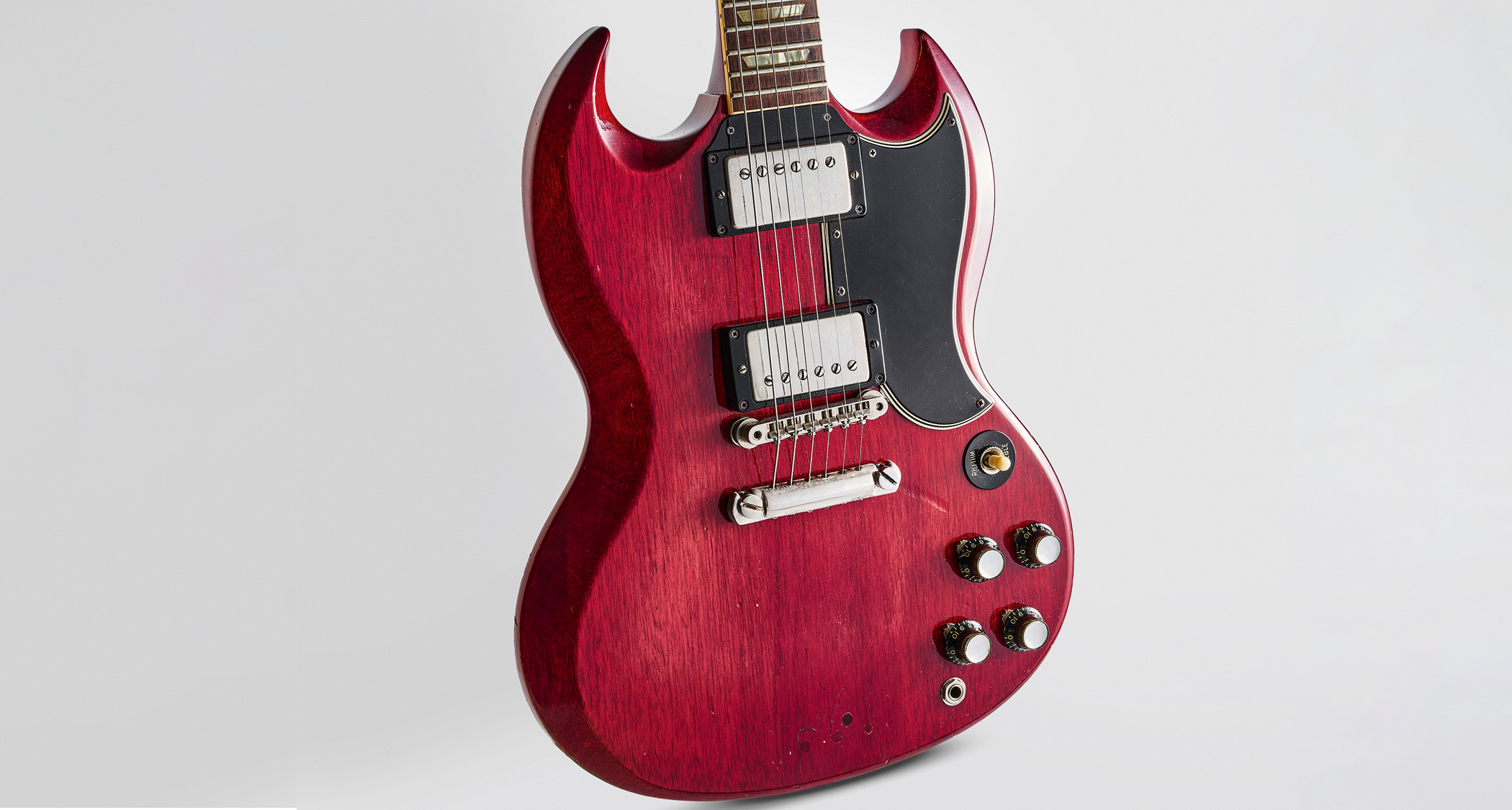“You don't come into a Van Halen record and tell Eddie, ‘This is how we're going to do it’”: Why Eddie Van Halen didn’t double-track his guitars
Recording engineer Ross Hogarth recalls working with the late guitar icon and helping him broaden his sound on A Different Kind of Truth

When Ross Hogarth stepped into the hallowed halls of Eddie Van Halen’s 5150 studios to work on A Different Kind of Truth, he held one golden rule in mind, and very quickly learned the quirks of the shredder’s recording process.
“You don't come into a Van Halen record and tell Eddie, ‘Well, here, this is how we're going to do it,’” he tells the Agartha Podcast. “You come into Ed's world, and you see what he's doing.”
The producer – who had previously worked on Mötley Crüe's Girls Girls Girls and with acts as diverse as Miley Cyrus and Devildriver – was used to working with big stars. Handling Eddie Van Halen not only proved an easy challenge but a hugely enjoyable one, as he tapped into the virtuoso's love for gear and all things nerdy.
“Most of Ed's records are not double tracked, because he would play the part with all these nuances and squeals,” Hogarth explains of why Van Halen avoided double-tracking his guitar parts.
“Guitar players, when they know they're going to double the guitar, simplify their part so they don't have to worry about learning every little nuance. If you try to double it, you can hear all the imperfections.”
Even with a formidable reputation for rock star wrangling, Hogarth knew better than to push for the guitarist to buck that trend on album 12. But he spotted how to broaden his sound, and Van Halen was wholly receptive.
“He wasn't using ribbon mics – he was using one cabinet, he had two Shure SM57s, and he split them, and he would delay them a little differently. So it wasn't a dedicated analog bounce of stereo left and right,” Hogarth recalls.
All the latest guitar news, interviews, lessons, reviews, deals and more, direct to your inbox!
Recording at 5150 meant that tapping into EVH's vast, air-conditioned storage units was a doddle, and together they pulled out relics from the band's early days.
“I said, ‘You've got this splitter here that you use for live shows. Do you want to try messing around? Just for me, can we pull out the old Marshall and some of your old gear?’”
EVH had retired his 1967/68 1959 Marshall Super Lead after using the tube amp on Van Halen's first few records. This made for an unlikely return.
“We started having a really good time blending two amps, using two heads and two cabinets with the SM57s,” Hogarth expands. “He already started to like that because the left and right speakers were doing this little stereo air dance.”
The result was a much broader sound, with the two heads dialed in to complement and contrast one another. However, the nature of the SM57 microphones meant that low-end was hard to come by. So Hogarth drafted in his secret weapon, a tube-powered Royer R-122V ribbon mic.
“Ed was amazingly intuitive,” the producer/engineer continues. “I'd watch him sitting there listening to playback, turning the Royers up and down, and he's starting to really get off, because they were bringing natural low end.
“It was bringing in a whole other midrange frequency that made the guitar really start to speak. He totally understood it within five minutes, and he was like, ‘Fuck yeah!’”
Elsewhere, Paul Reed Smith has recalled the time EVH asked him to build a guitar for him.
A freelance writer with a penchant for music that gets weird, Phil is a regular contributor to Prog, Guitar World, and Total Guitar magazines and is especially keen on shining a light on unknown artists. Outside of the journalism realm, you can find him writing angular riffs in progressive metal band, Prognosis, in which he slings an 8-string Strandberg Boden Original, churning that low string through a variety of tunings. He's also a published author and is currently penning his debut novel which chucks fantasy, mythology and humanity into a great big melting pot.
You must confirm your public display name before commenting
Please logout and then login again, you will then be prompted to enter your display name.



